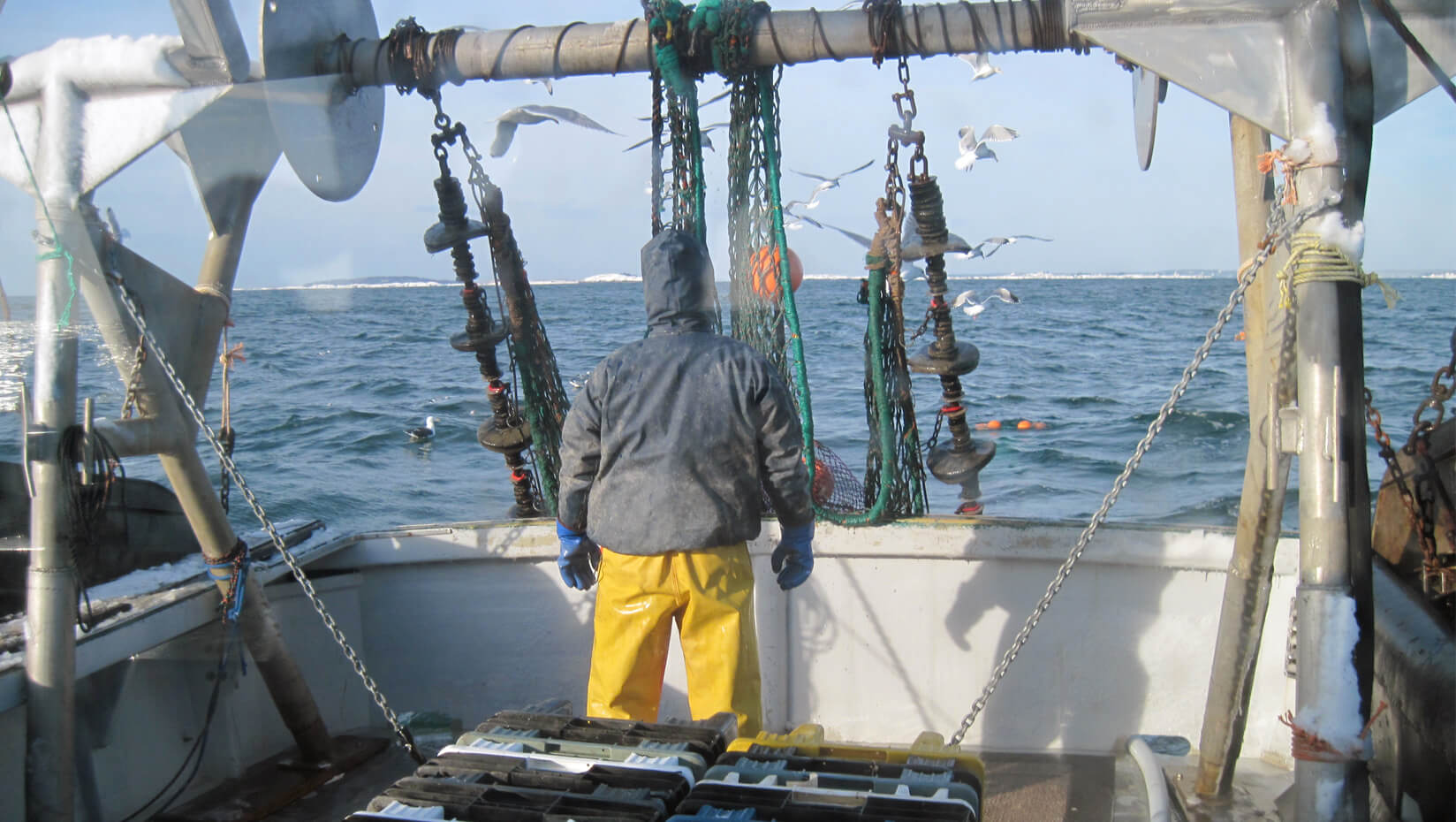
UMaine fisheries model informs latest assessment of northern shrimp in the Gulf of Maine
The Atlantic States Marine Fisheries Commission (ASMFC) recently accepted a new assessment of northern shrimp populations in the Gulf of Maine that relied on a computer model developed at the University of Maine.
Yong Chen, UMaine professor for fisheries population dynamics in the School of Marine Sciences, and postdoctoral associate Jie Cao created the model, which divides the northern shrimp stock into size groups. It also tracks changes in the proportion of shrimp in each size group across seasons and years to estimate fishing mortality and population size, and incorporates temperature.
The model incorporates data from the Northeast Fisheries Science Center Trawl Survey, the Gulf of Maine Northern Shrimp Summer Survey, commercial landings and a winter sampling program conducted in partnership with fishermen.
“The new University of Maine northern shrimp stock assessment model developed in my lab considers potential impacts of temperature on the dynamics of northern shrimp stock in the Gulf of Maine,” Chen says. “This is a significant improvement in the assessment of northern shrimp that prefer colder water temperature.
“With a warming Gulf of Maine, such an improvement in the model is critical for improving the quality of northern shrimp stock assessment,” he says.
Shrimp (Pandalus borealis) is an important species in the Gulf of Maine ecosystem and historically supported important commercial fisheries, although a moratorium on fishing has been in place since 2013 due to a decline in the number of shrimp. The latest stock assessment indicates the population remains depleted, likely the result of warmer water temperatures.
An ASMFC news release is online, as is the 2018 Northern Shrimp Benchmark Stock Assessment and Peer Review Report.
Contact: Margaret Nagle, 207.581.3745
